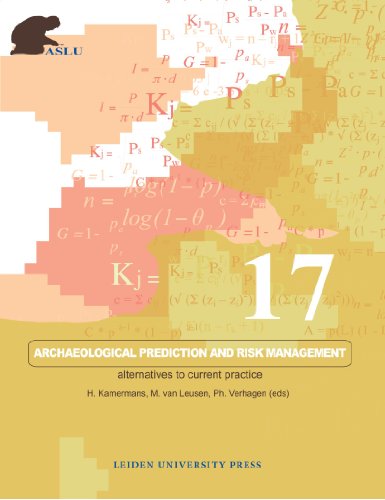

Most ebook files are in PDF format, so you can easily read them using various software such as Foxit Reader or directly on the Google Chrome browser.
Some ebook files are released by publishers in other formats such as .awz, .mobi, .epub, .fb2, etc. You may need to install specific software to read these formats on mobile/PC, such as Calibre.
Please read the tutorial at this link: https://ebookbell.com/faq
We offer FREE conversion to the popular formats you request; however, this may take some time. Therefore, right after payment, please email us, and we will try to provide the service as quickly as possible.
For some exceptional file formats or broken links (if any), please refrain from opening any disputes. Instead, email us first, and we will try to assist within a maximum of 6 hours.
EbookBell Team

4.8
44 reviewsThe Netherlands is one of the few countries in Europe where heritage experts and land developers use predictive modeling to avoid destroying future archaelocial sites, even though many scholars consider the application for this purpose highly controversial. The contributors to Archaeological Prediction and Risk Management offer an overview of the various methods of predictive modeling and evaluate how the models are, or should be, used by stakeholders in cultural heritage management in the Netherlands.